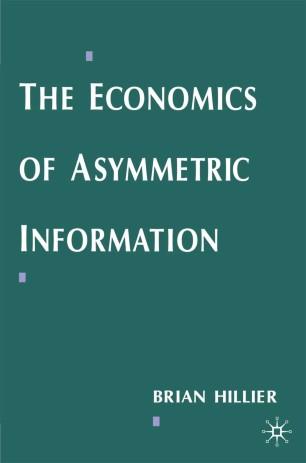Problem 10.1 A public authority wishes to commission a public project which it values at S =
Question:
Problem 10.1 A public authority wishes to commission a public project which it values at S = 500. The authority wishes to minimise the cost, C, of the project. The private firm being commissioned to carry out the project has a cost function of the form:
C = 300 - e + (e2)120 where e represents the effort level of the managers of the firm.
(a)
(10.15)
If the authority knows the cost function (equation (10.15» and can observe effort, calculate the optimal cost-plus contract (t*, N') it can offer the firm, subject to the firm's participation (break-even) constraint being satisfied;
where N = 300 - e and t = (e2)120. What is the optimal cost of the project?
(b)
(c)
If the cost function (equation (10.15» were replaced by C = 304 - e + (e2)120 how would the optimal values for t and N change?
(10.16)
Now consider the case where the purchaser is unable to observe effort and is unsure ofthe cost function of the producer. The purchaser attaches equal probabilities to the cost function taking the form of equations (10.15) or
(10.16). Calculate the optimal separating contracts (tL, NL) and (tH, NH), designed for the low-cost and high-cost producers respectively. Compare the optimal values for (tv NL) and (tH, NH) for each type of producer under separating contracts with the optimal values that would be set by a pur chasing authority in a full-information world. Say what the implications are of the asymmetric information problem for effort levels and firm rents.
Hint: look at equations (10.9) to (10.11) before tackling this part of the question.
(d)
(e)
Verify that the separating contracts derived in
(c) above satisfy any rele vant incentive compatibility or participation constraints not used in your optimisation procedure.
Is the expected welfare of the purchasing authority facing the asymmetric information problem higher if it offers the pair of separating contracts determined in
(c) above or if it offers only the contract determined in part
(a) above?
Step by Step Answer:







